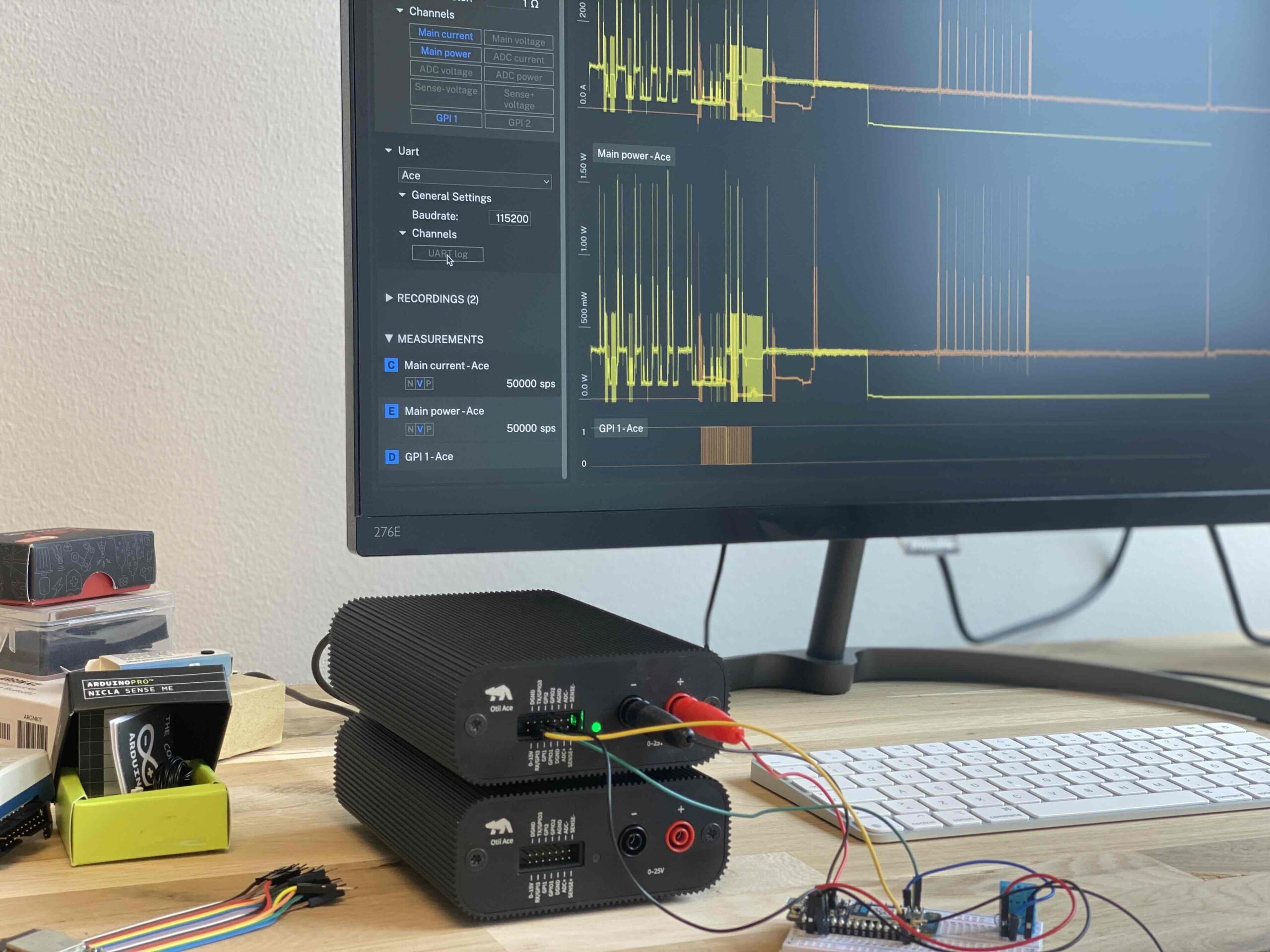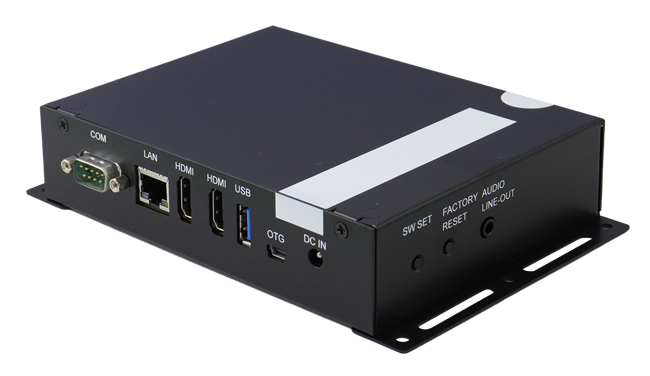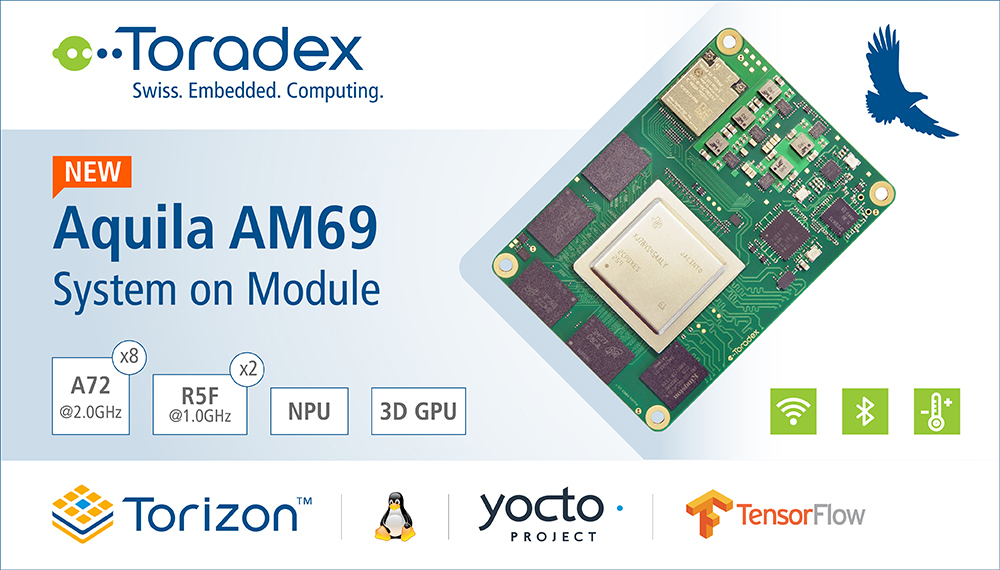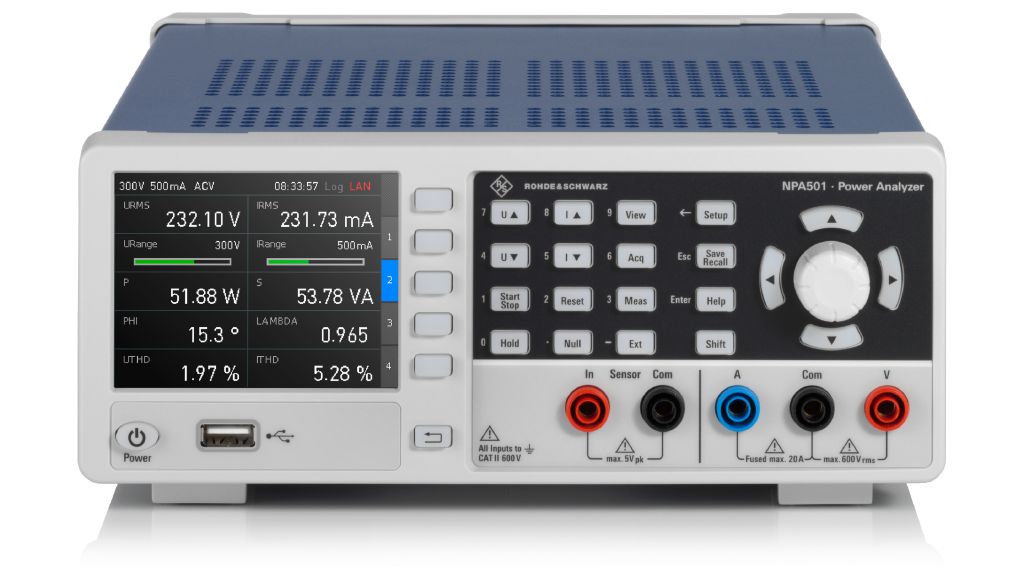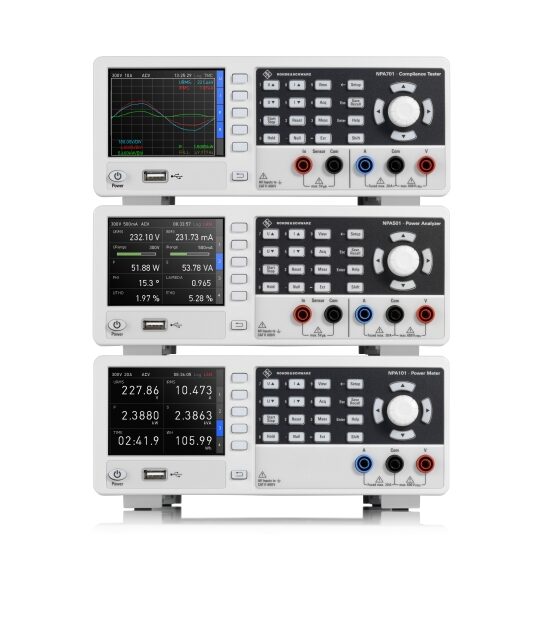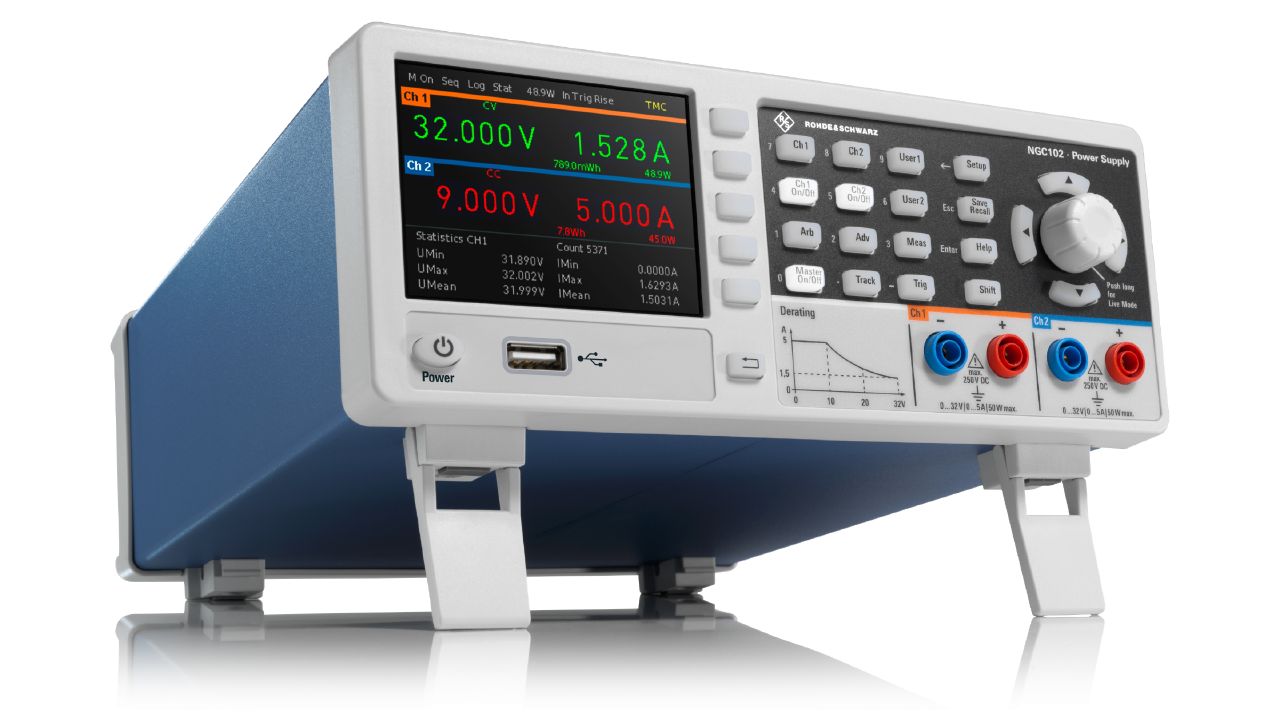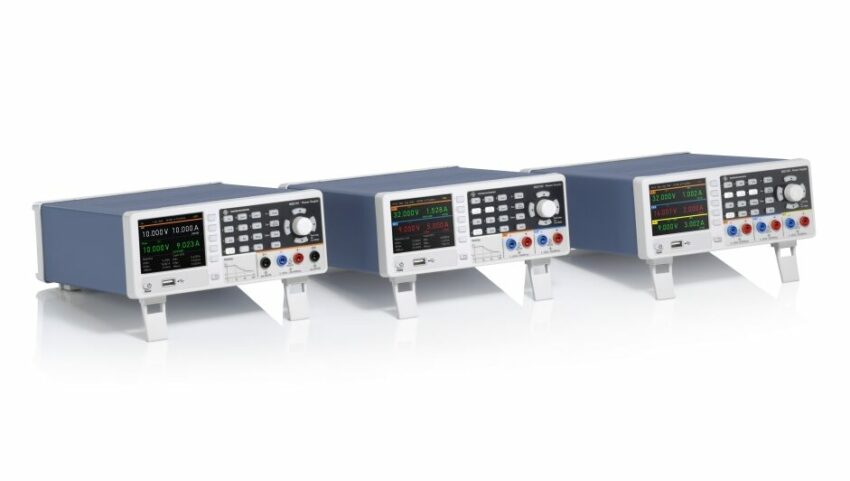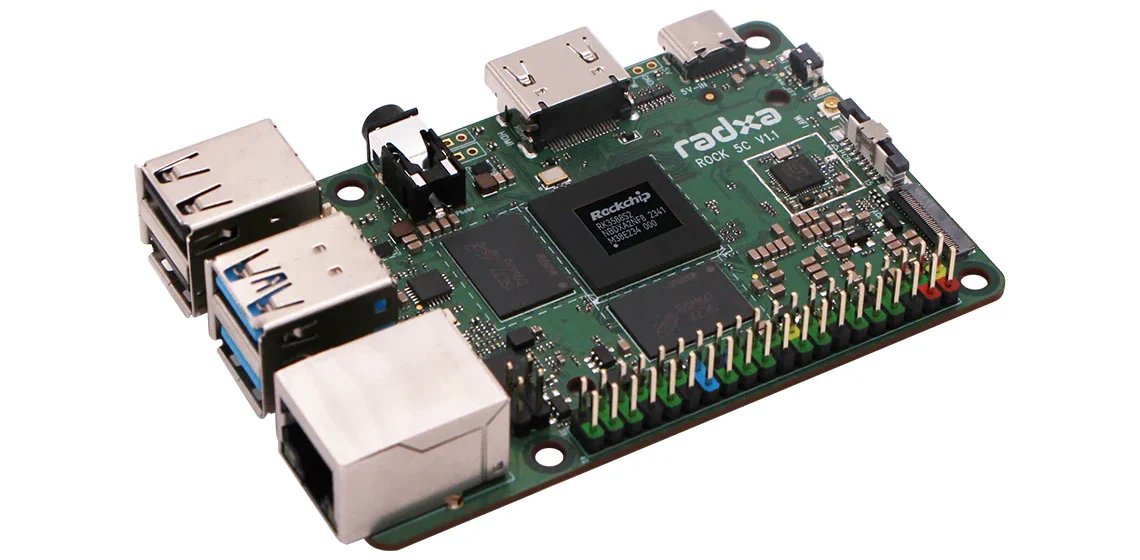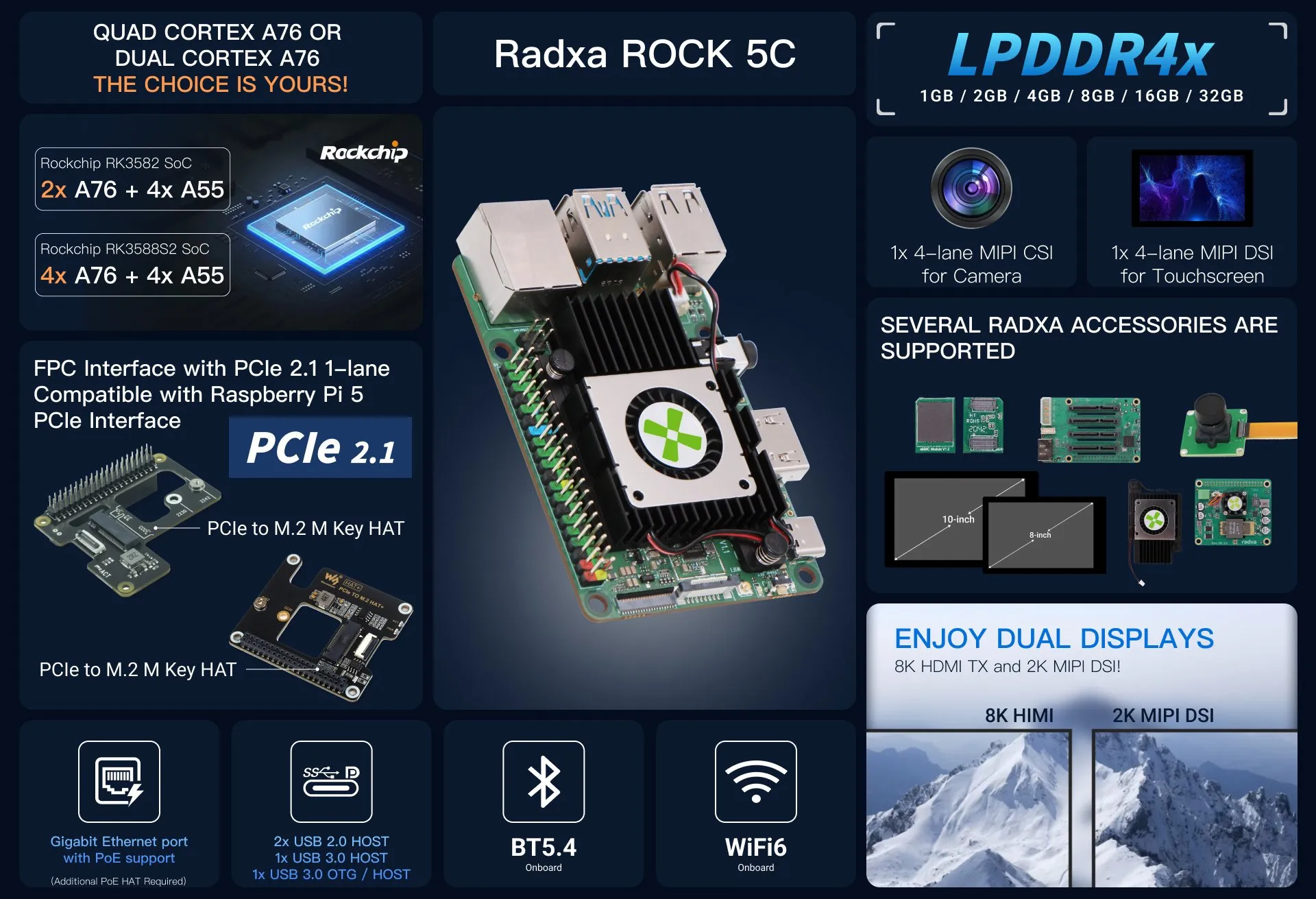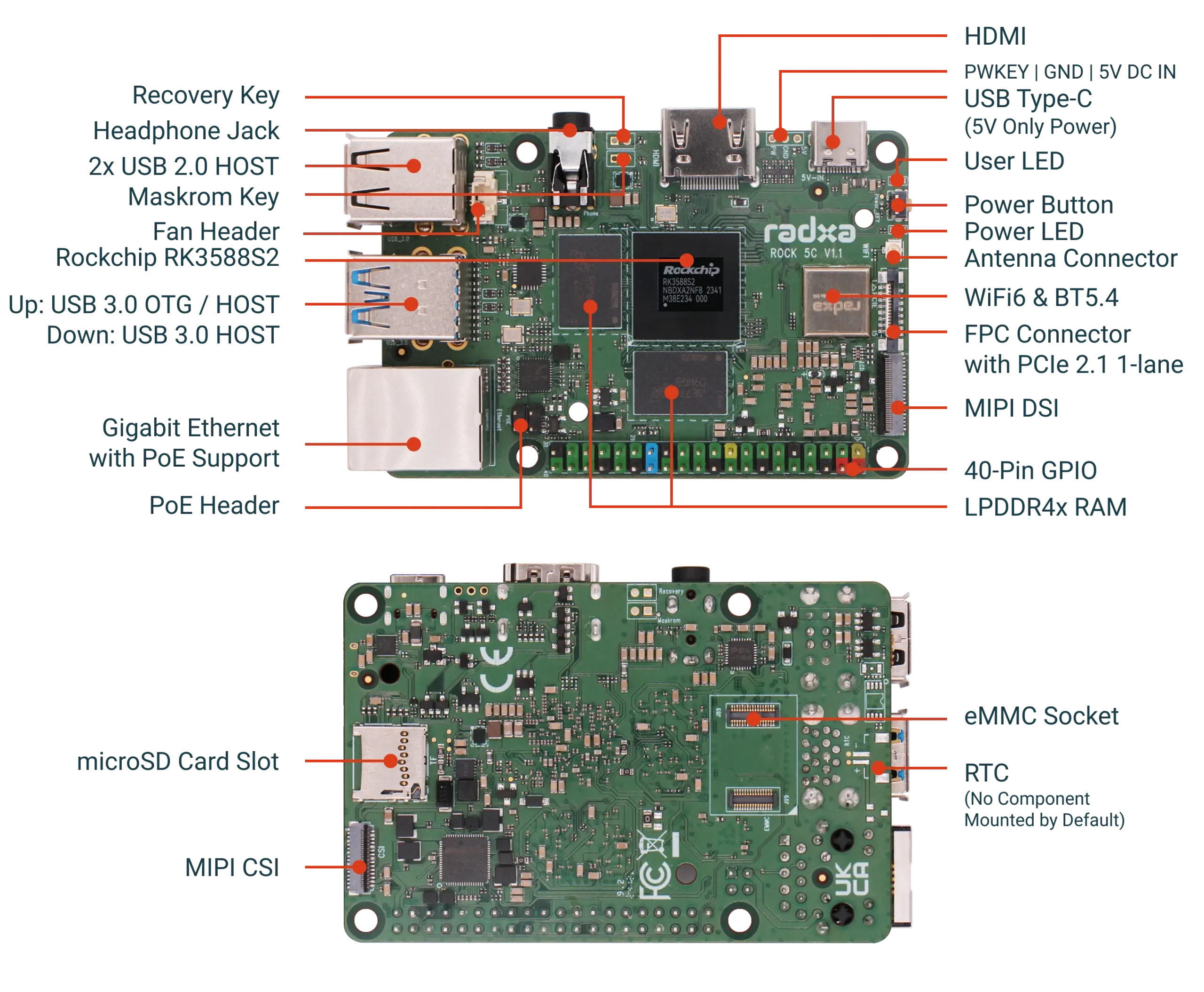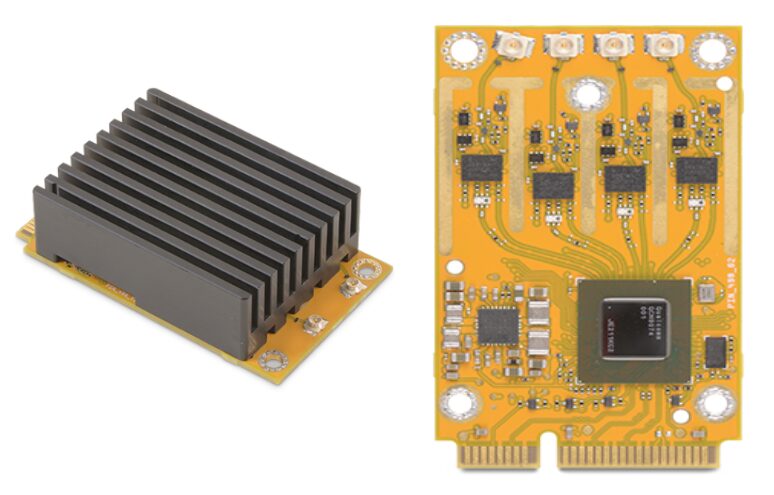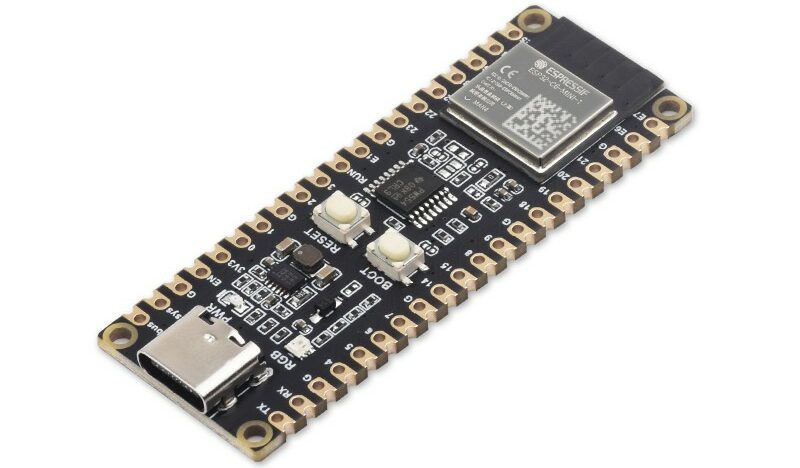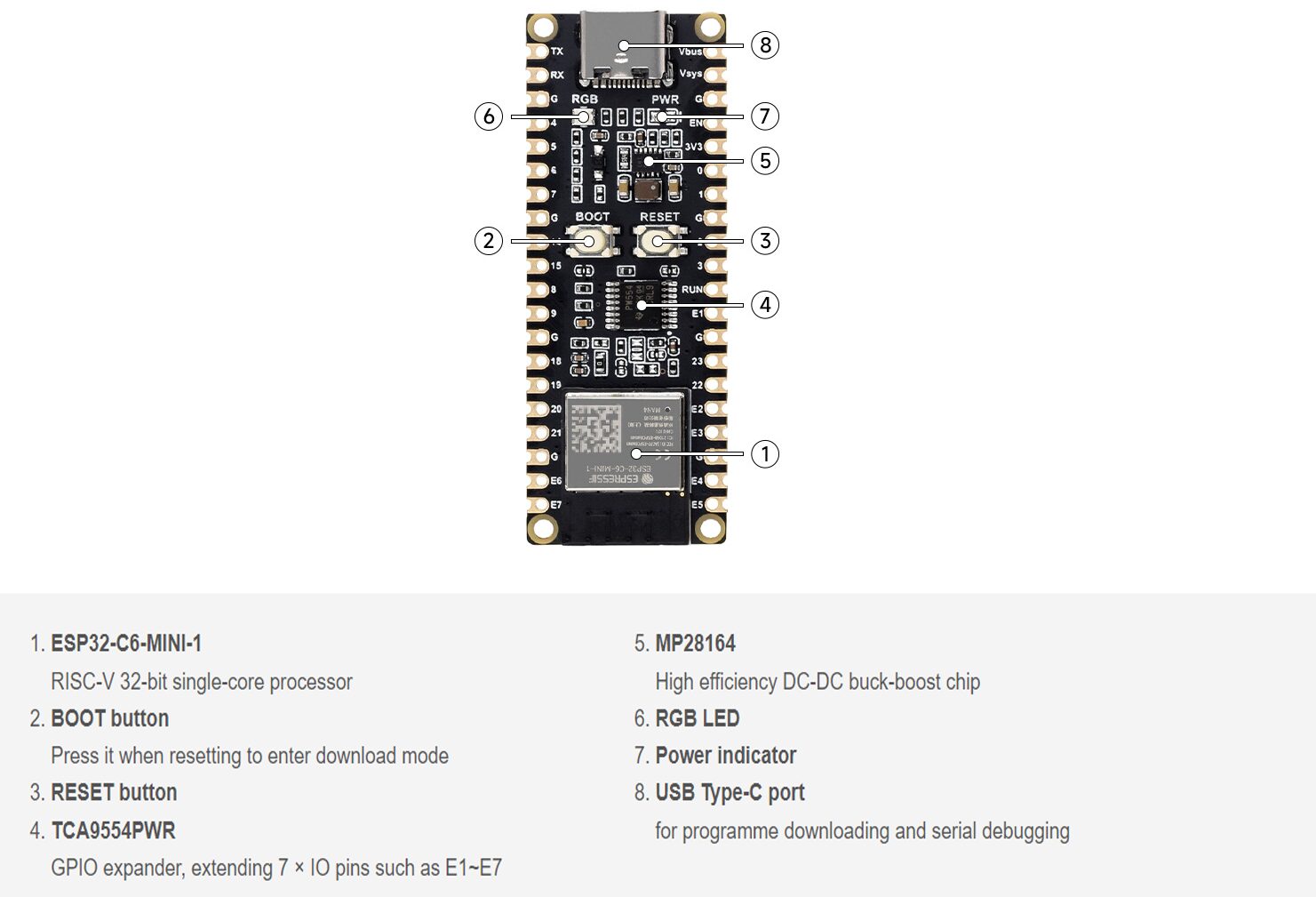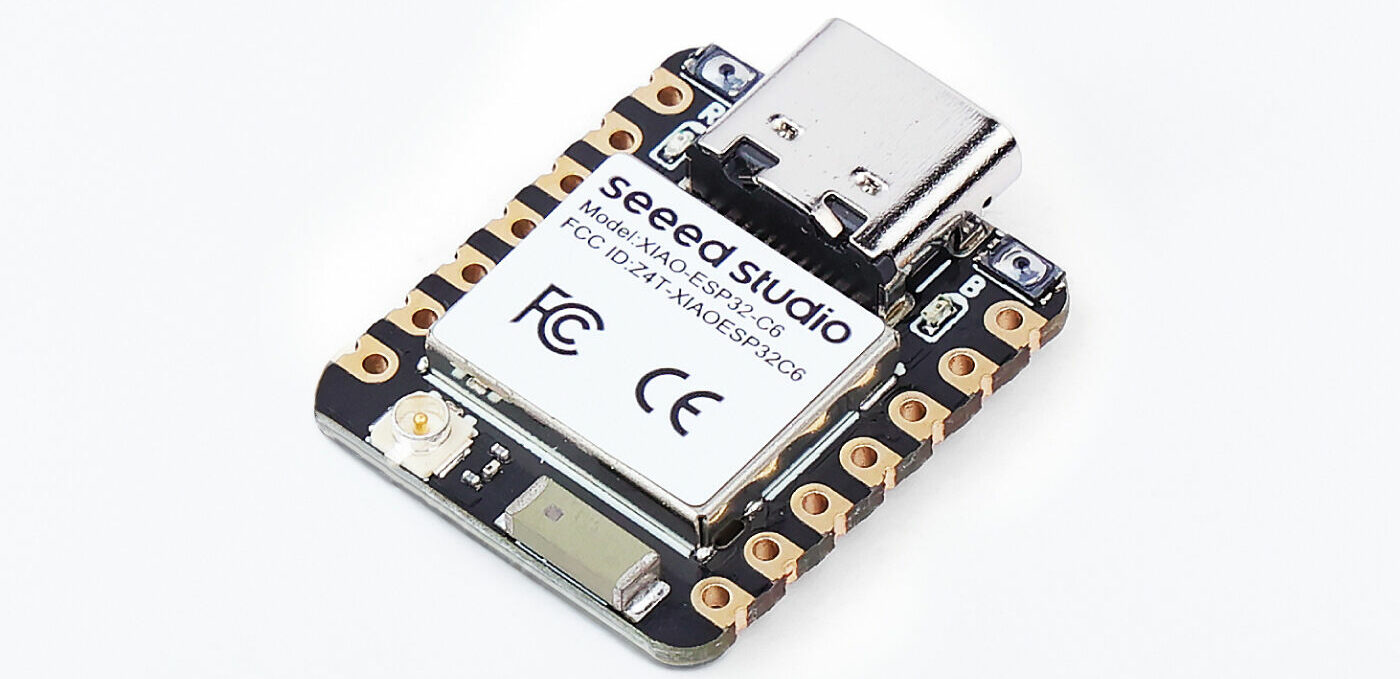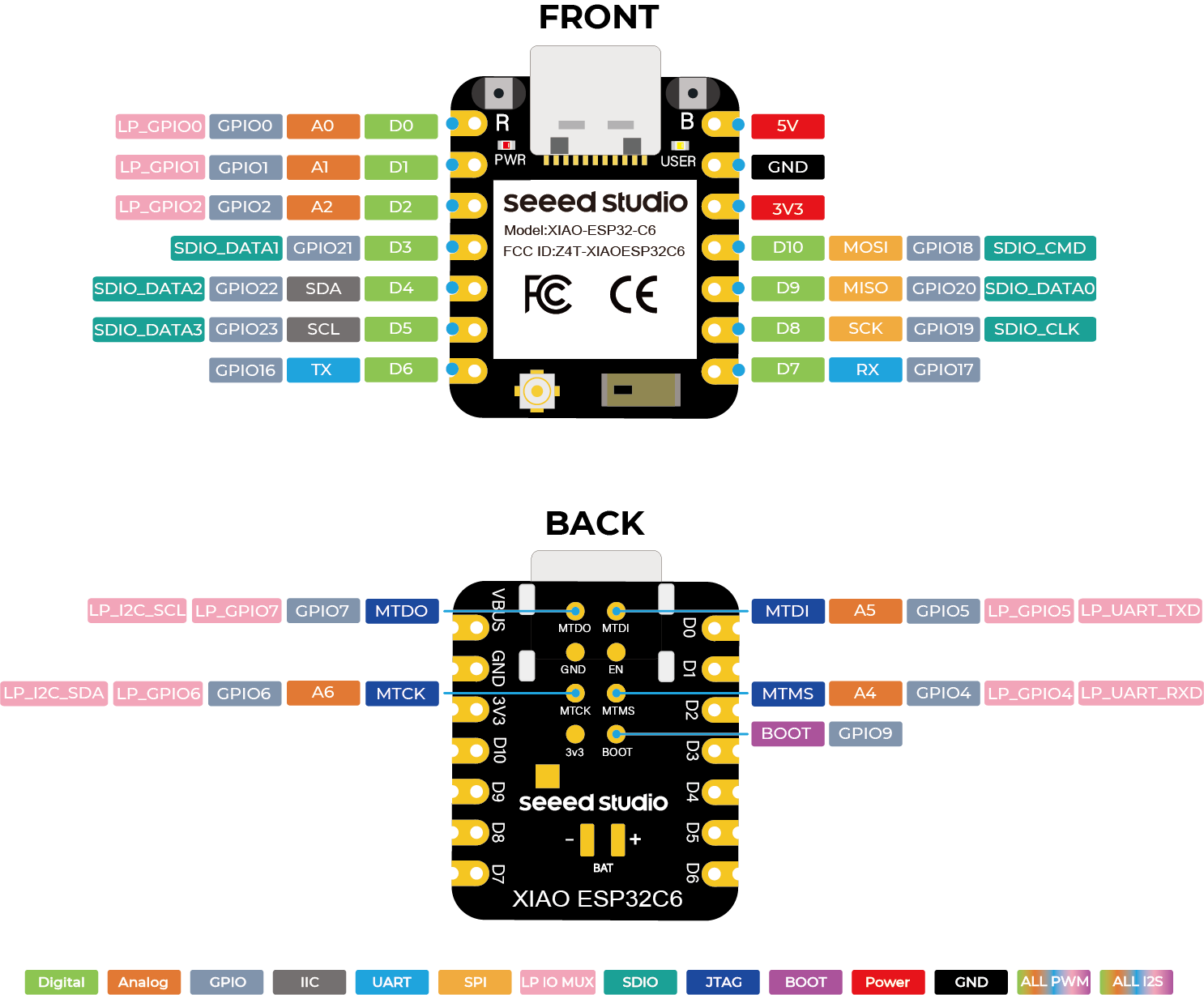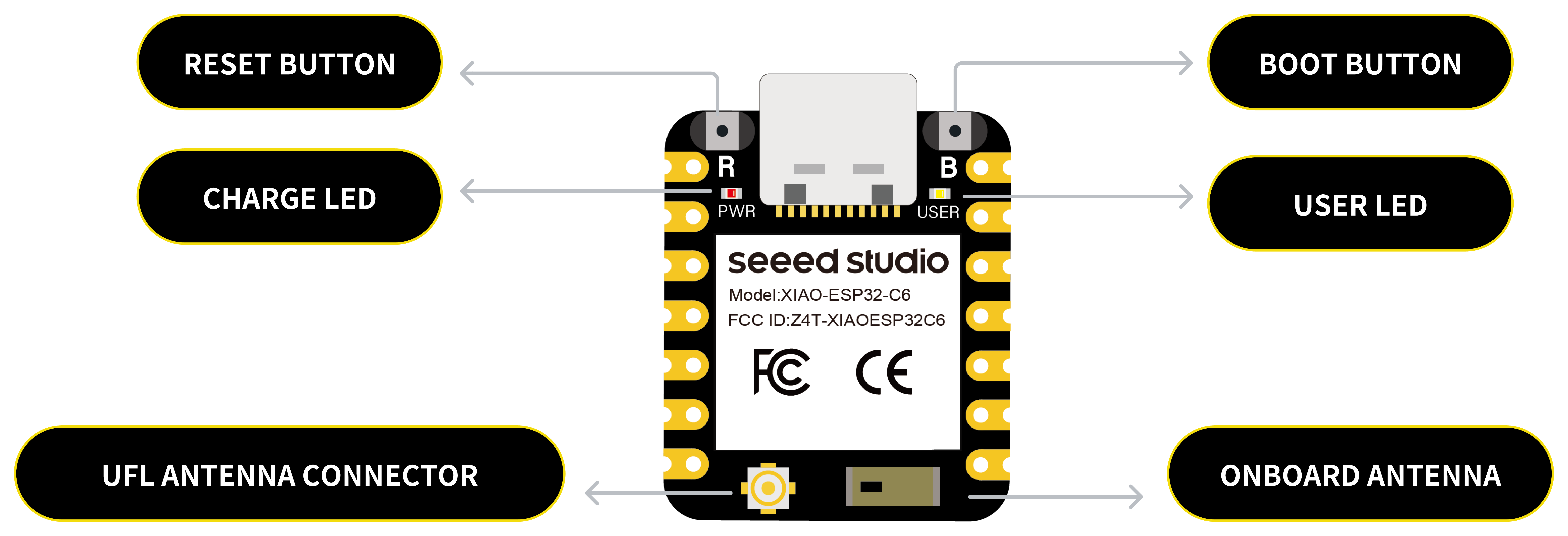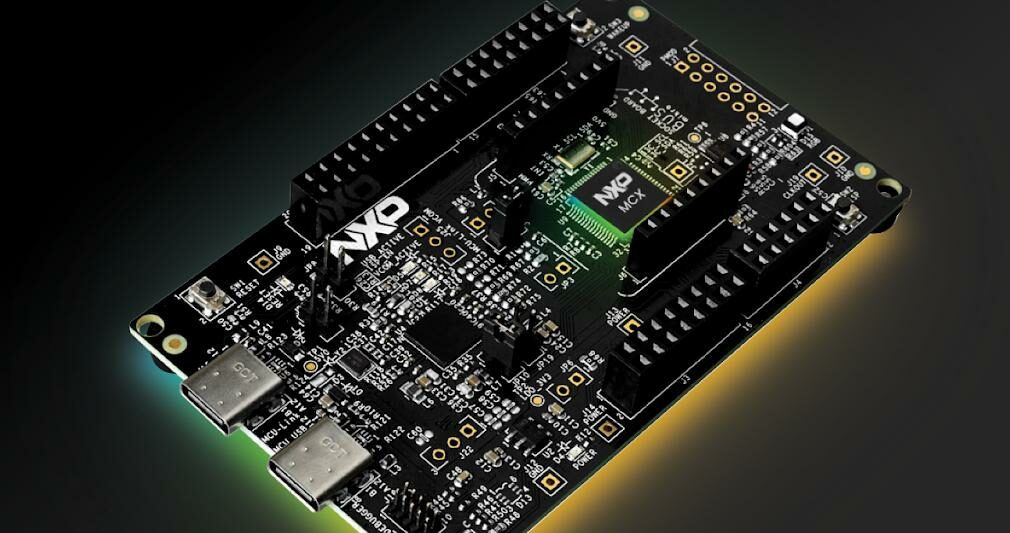Qoitech, a manufacturer of power analysis and optimization tools for embedded systems, has ended its $199 per annum license subscription previously charged for the Pro version of its software suite as it upgrades this to Otii Software 3.5. All the advanced Pro features for Otii Ace and Otii Arc test hardware are now offered free of charge. These include simultaneous recording of multiple power profiles, unlimited time for recording, UART debugging, and many more functions.
The Otii Ace Pro and Otii Arc Pro each combine a power profiler, DC energy analyzer, smart power supply, digital multimeter, source measure unit, and power debugger in one box. The Otii Arc Pro power supply is up to 5V and has a sampling rate of 4ksps while the Otii Ace Pro extends this to 25 V and features a sampling rate of up to 50 ksps. Both are used to evaluate the dynamic power profiles of IoT-embedded systems and the power characteristics of batteries and energy harvesting systems.
Otii tools enable accurate matching of power sources to IoT devices and emulation of real-world operating conditions. This can eliminate or reduce the need to change batteries over the life of these devices, avoiding energy wastage that can be up to 50% of the original battery capacity.
Commenting on the change of licensing strategy, Qoitech CEO, Vanja Samuelsson, said:
“Although software licensing is standard practice amongst test and measurement equipment vendors, we are always striving to give our customers the best experience as soon as they take our products out of the box. Offering Otii Software 3.5 free of charge contributes to that goal. It will not only enable advanced functionality immediately after downloading the software but will save a typical customer at least $2,000 over the operating life of our products.”
Where required, license fees are still payable for more advanced battery analysis and automation tools, either as annual fees or as a perpetual license.
more information: www.qoitech.com

